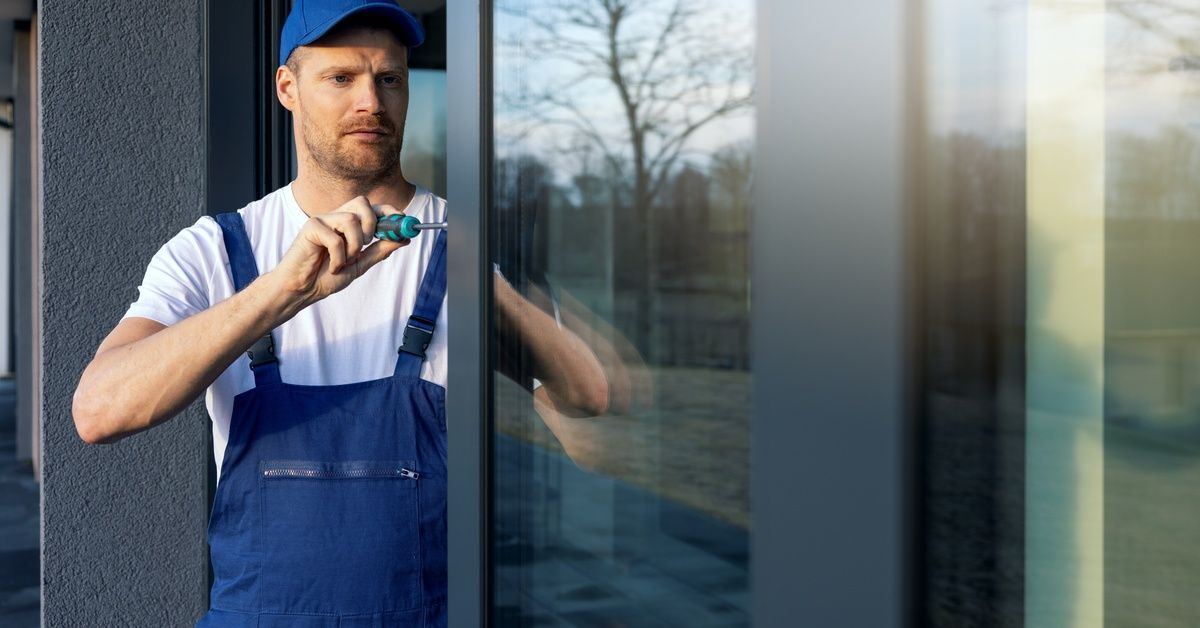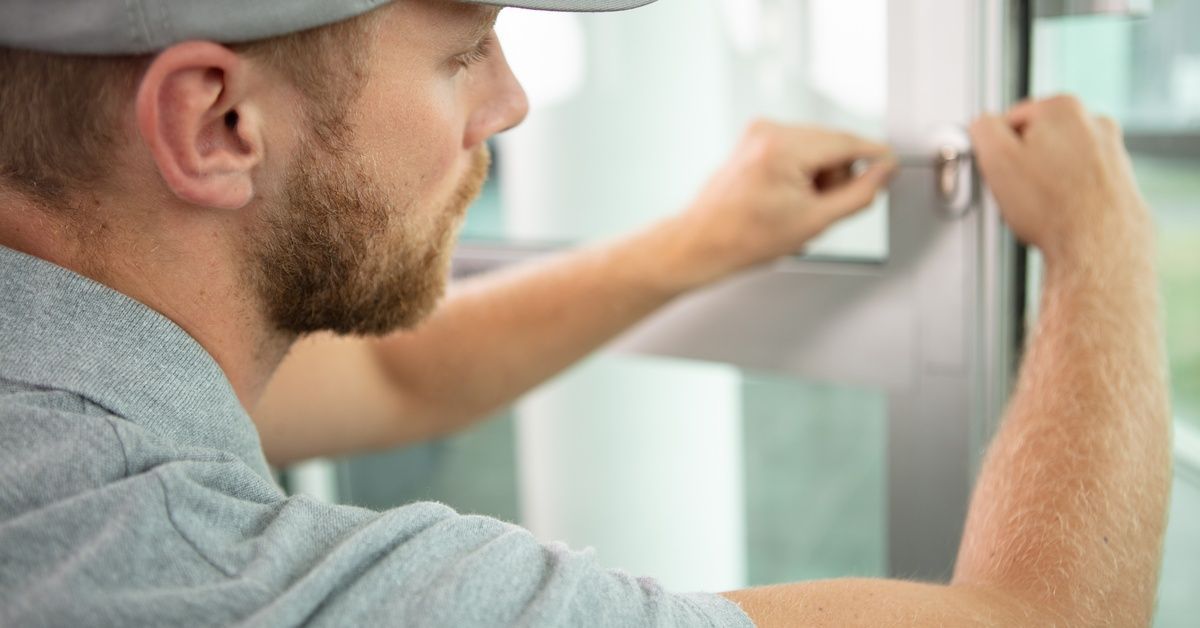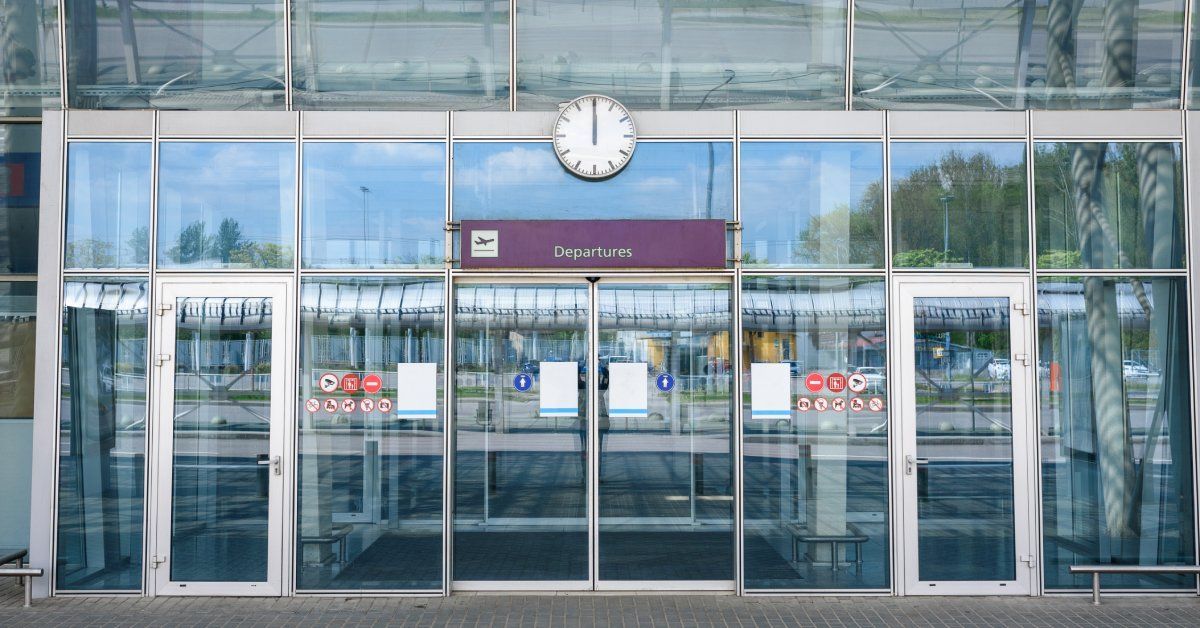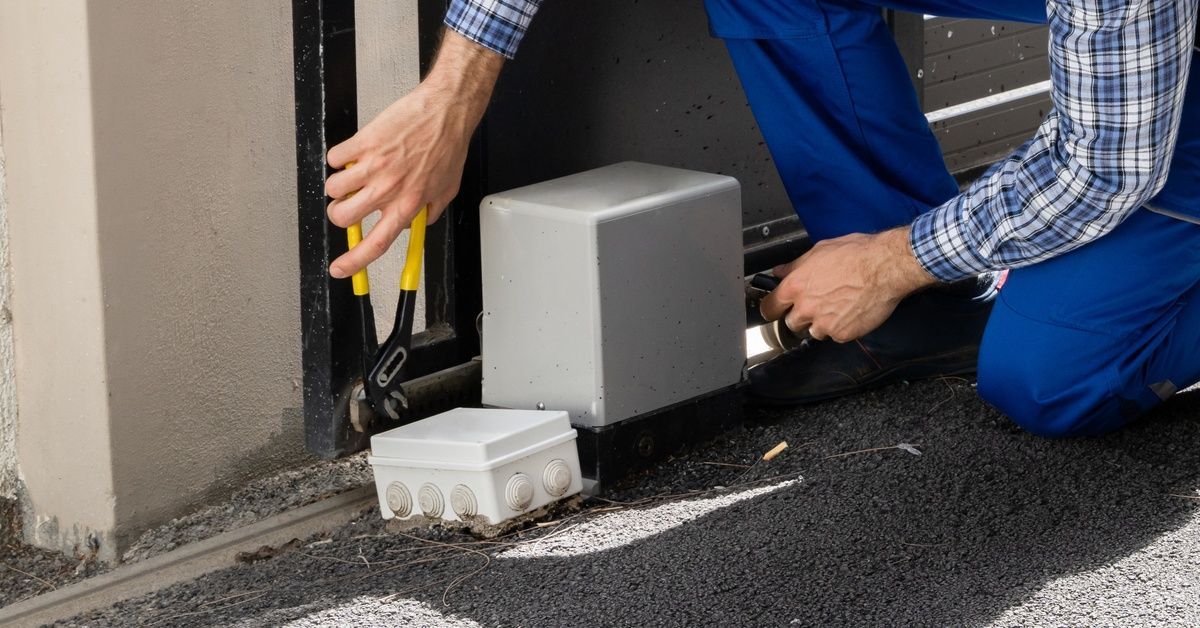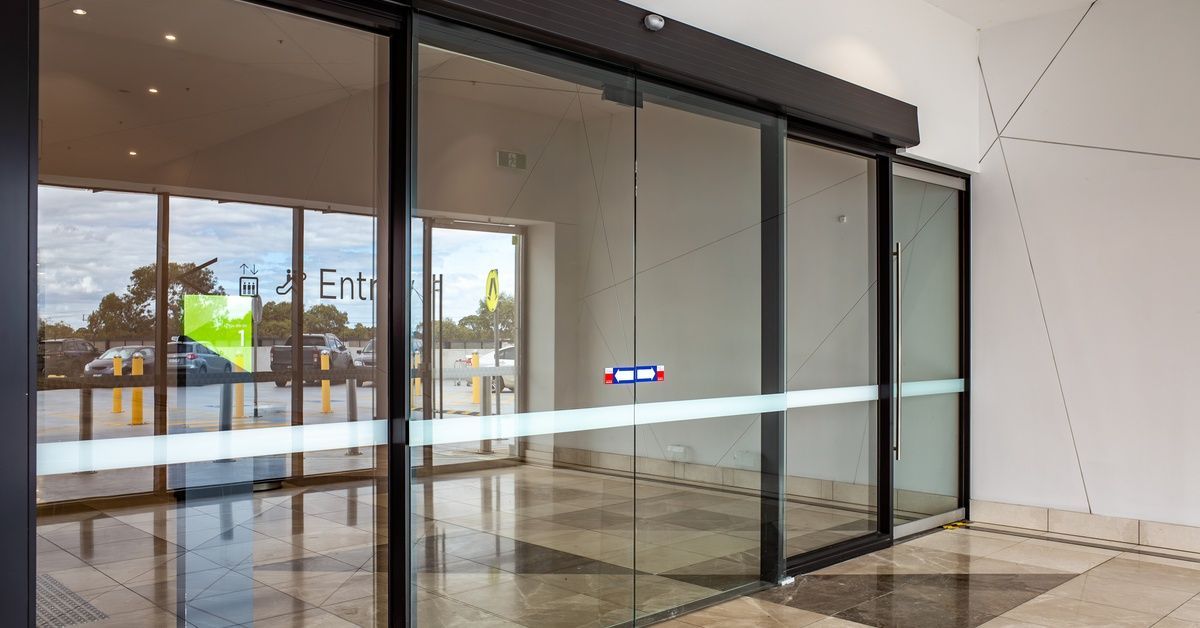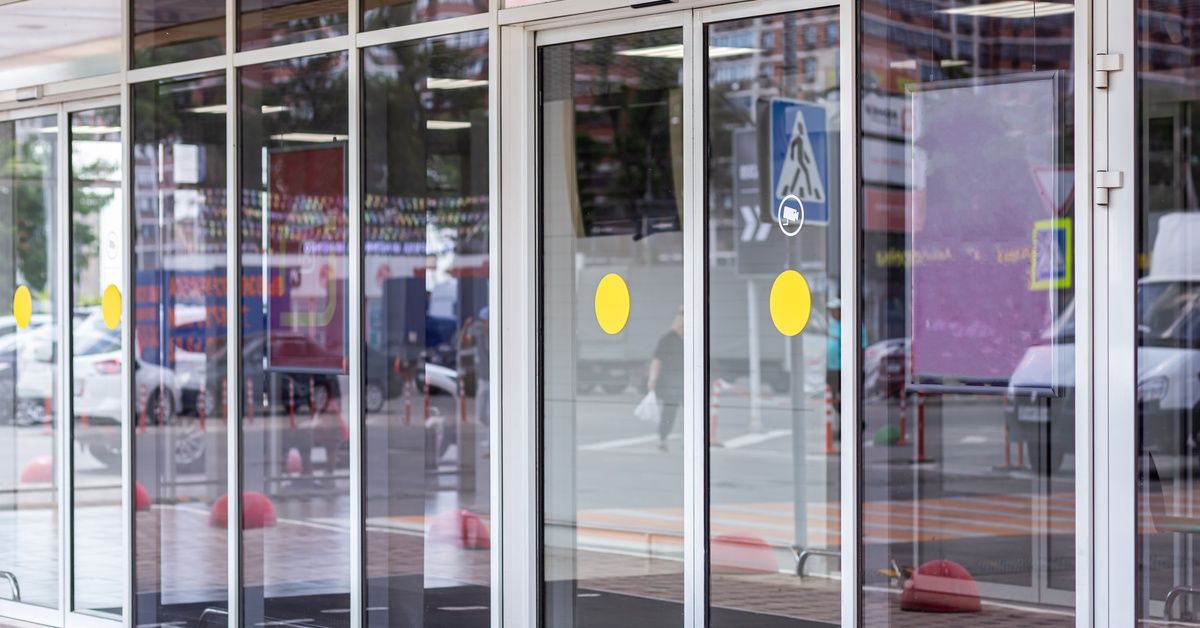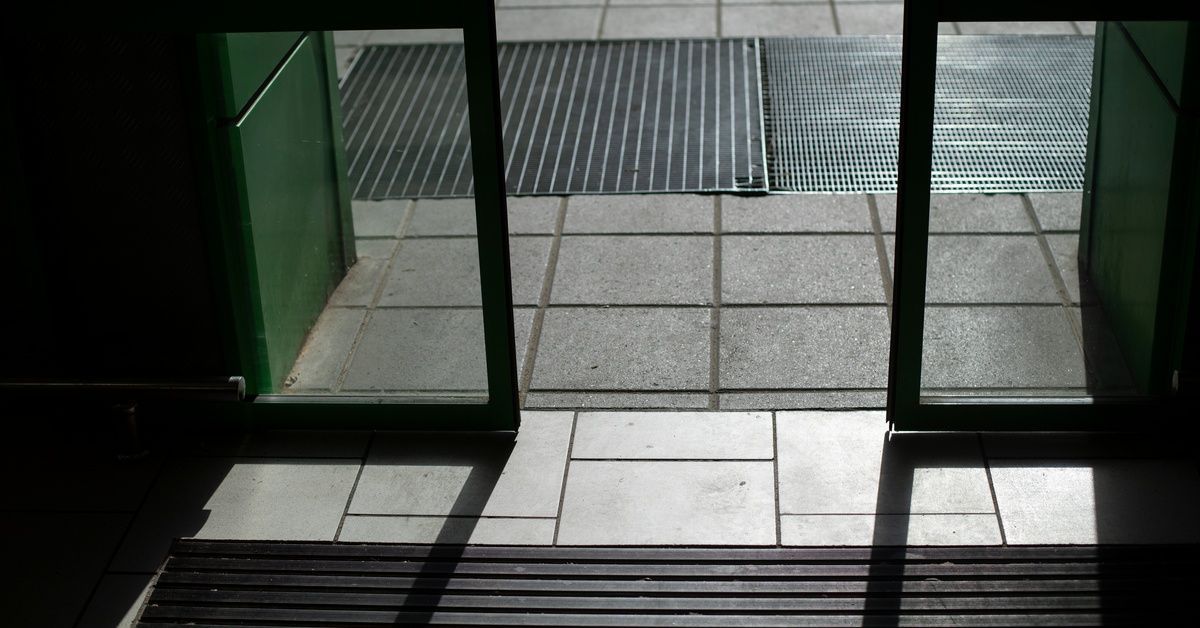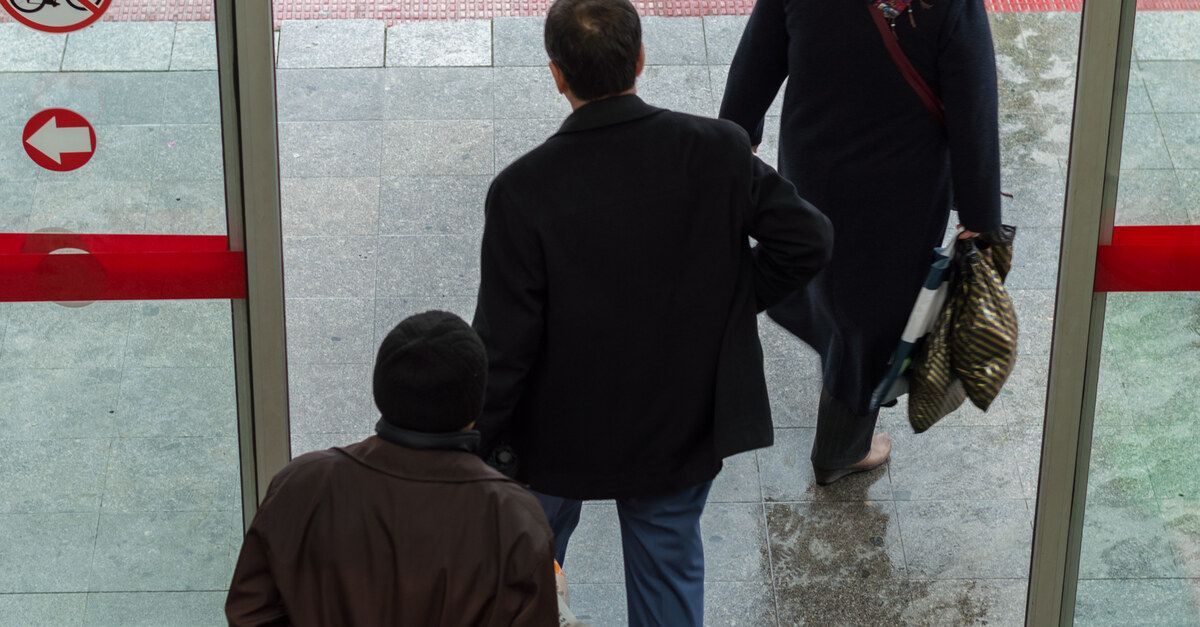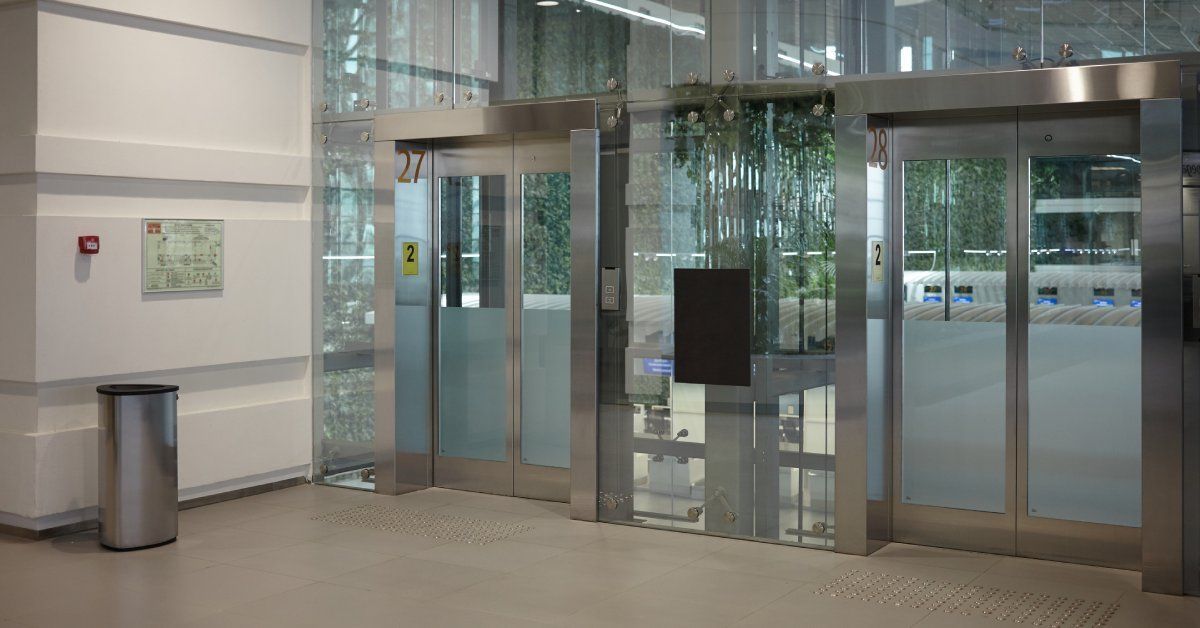Repair Guide for Automatic Door Safety Sensors
Automatic door safety sensors are essential for the safe and efficient operation of your commercial entrances. These devices detect the presence of people and objects, ensuring doors open and close without causing injury or damage. Maintaining these sensors properly is not just a matter of convenience; it is a critical safety and compliance requirement. When sensors fail, they create significant hazards and can lead to costly operational disruptions. This repair guide for automatic door safety sensors provides the necessary steps to address common issues.
Common Safety Sensor Issues
Several common problems can affect automatic door sensors. Sensor misalignment, often caused by vibrations or simple wear and tear, can prevent doors from functioning correctly. Symptoms typically include doors that fail to open or close as expected. Another frequent issue is dirty or obstructed sensors. Dust, debris, or even spider webs can block the sensor’s beam, leading to erratic door performance.
Wiring or electrical failures, indicated by a lack of power, also disrupt sensor operation, as they rely on low-voltage connections. Finally, sensor calibration problems can cause doors to respond too slowly or too quickly, requiring recalibration to restore proper function.
Step-by-Step Repair Guide
Before attempting any repairs, always prioritize safety. Disconnect the power to the door system to prevent electrical shocks and unexpected door movement, and always use appropriate personal protective equipment. Once you confirm the power is off, you can inspect and clean the sensors. Use a soft, dry cloth to wipe the lenses and compressed air to clear away any loose debris. Next, check the sensor alignment by visually inspecting the beam path to ensure it is clear and correctly aligned.
You can test the power and wiring connections by looking for any loose or damaged low-voltage lines, but complex electrical issues will demand professional attention. If necessary, recalibrate the sensors according to the manufacturer’s specifications and test the door’s functionality afterward. This repair guide for automatic door safety sensors can help you resolve many basic issues.
When To Call a Professional
Sometimes, a sensor problem can persist despite your best efforts. If the door continues to malfunction after you have completed these basic fixes, it is time to call a professional technician. Signs of deeper issues, such as problems with the access control system or complex wiring faults, require expert diagnosis. For businesses in need of fast and reliable commercial door repair in Seattle, Pacific Entrance can help properly maintain safety sensors. Situations involving compliance concerns, such as ADA standards, also necessitate professional service to ensure doors meet all legal requirements.
Your Next Steps for Door Safety
Properly functioning safety sensors are fundamental to the safety, compliance, and efficiency of your automatic doors. Regular maintenance and prompt repairs prevent accidents and keep your business operations running smoothly. If you have followed these steps and still face issues, or if you feel unsure about performing these repairs yourself, do not hesitate to seek professional assistance. Partnering with our team at Pacific Entrance keeps your doors safe and fully compliant.

